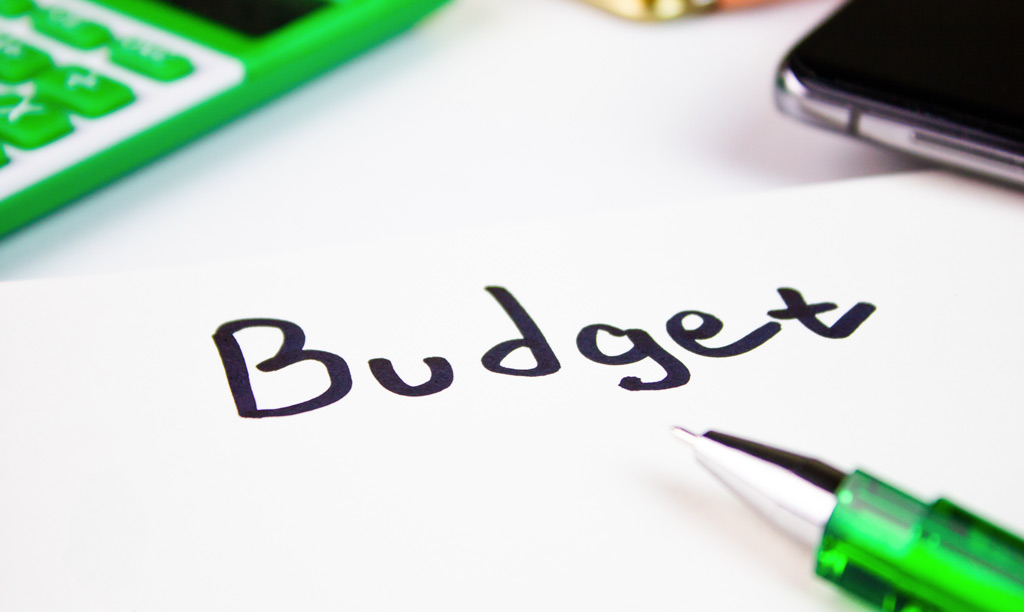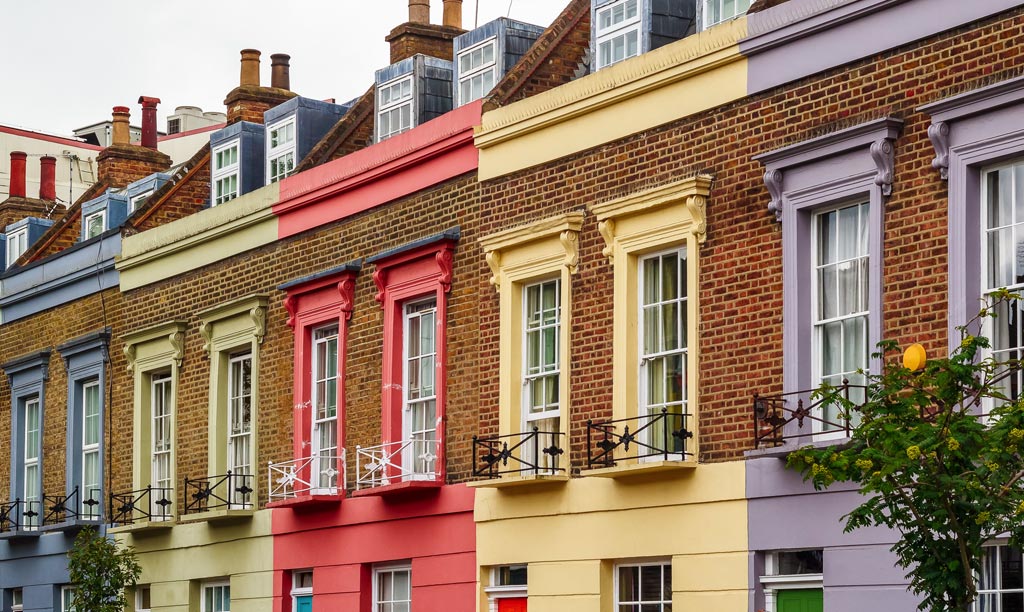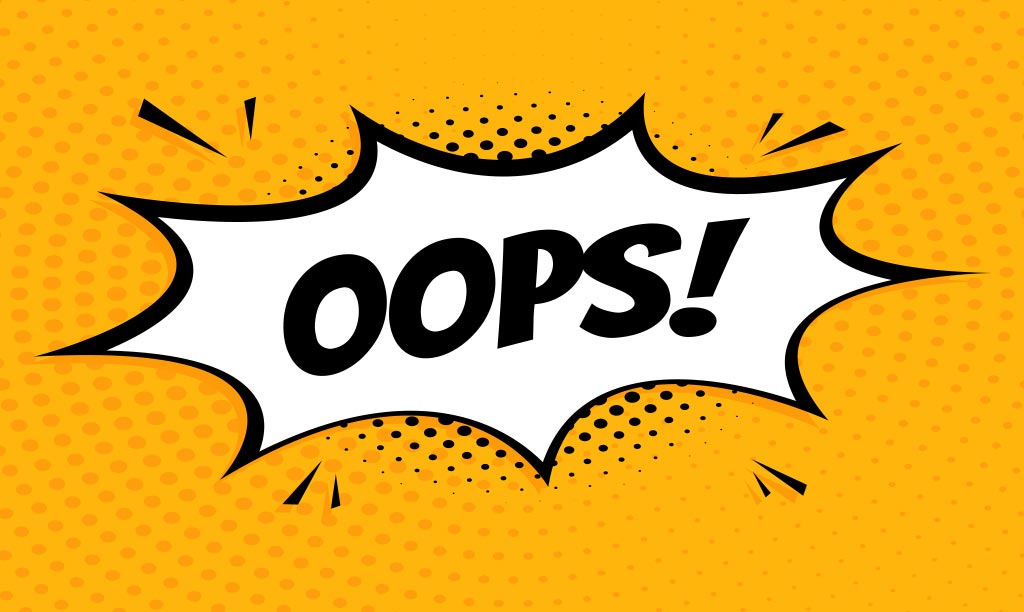An interesting question we had recently through one of our client helpdesks perfectly illustrates the complexities of VAT and property and the Capital Good Schemes (CGS);
The Capital Goods Scheme is the mechanism by which “capital items” falling within the scheme are subject to 9 adjustments of the initial VAT recovery with reference to changes in their taxable use. It only applies to investment buildings as buildings for sale will be “stock” rather than “capital”.
“My client has built some new commercial units and now wants to let them. They started recovering VAT three years ago so presumably VAT will be partly repayable under the capital goods scheme for as many years as they are let?”
What should we be concerned with from the above? Clearly there is a change of intention, that’s usually a flag for a potential VAT consequence, we are told there has been recovery of VAT over three years which may need adjustment and based on the question we could assume (but certainly check) letting is a temporary arrangement.
The sale of new commercial buildings, less than 3 years old, is mandatorily taxable (without needing to opt to tax), so the VAT is likely to have been correctly recovered (although we would need to check that the buildings were not completed more than 3 years ago and the original intention was to sell). However, on the basis these assumptions are correct, assets are presumably held as stock and are only now being (possibly temporarily) used for investment purposes and CGS is for capital items.
As the original sale intention has not been fulfilled there is a different part of the VAT legislation that applies, and it potentially gives the client a much larger cashflow problem.
The issue
When VAT is recovered on the basis of an intended use, but before that intention is fulfilled, an actual use occurs that has a different VAT liability, then Reg 108/109 of the VAT implementing regulations applies. Instead of a proportion of the VAT being repayable each year for potentially the next 9 years under CGS, all of the VAT recovered could be due back to HMRC now. Reg 108/109 adjustments are odd for VAT since they extend the normal four year adjustment “VAT window” to six years. That is to say that VAT, which has been recovered based on intention, but where the supply is not made, is subject to a “change of use” adjustment where the actual use within 6 years of the VAT being recovered differs from the original intention. If the original intention was taxable and VAT was recovered, but the first use is exempt, all related VAT recovered within the previous 6 years is repayable to HMRC and vice versa.
Depending on the amount of VAT incurred, once there is a first use, the building (if capital rather than stock) may well be a capital item for CGS purposes and CGS may also still apply.
There is an if… if this is an “interim” measure because of a downturn in the market or some other legitimate reason, then potentially this means Regs 108/109 don’t apply. There would still be an adjustment to repay some VAT to HMRC, but potentially a much more manageable sum.
It is always worth getting a full picture of the business from your client and seeking specialist advice in order to truly understand what applies or doesn’t. A good VAT practitioner will look for the opportunities!
The potential solution
For this particular client, given that as opposed to a proportion of the VAT being due back to HMRC each year, the client is facing a bill for the VAT recovered in its entirety, our first question back would be “has the client considered opting to tax”.
Obviously, there may be reasons not to opt to tax, such as a prospective tenant that can’t recover VAT or the numbers not stacking up. However, if it hasn’t been considered, it should be.
Property and VAT is tricky and the numbers are big, if CGS is causing you a headache, get in touch.























